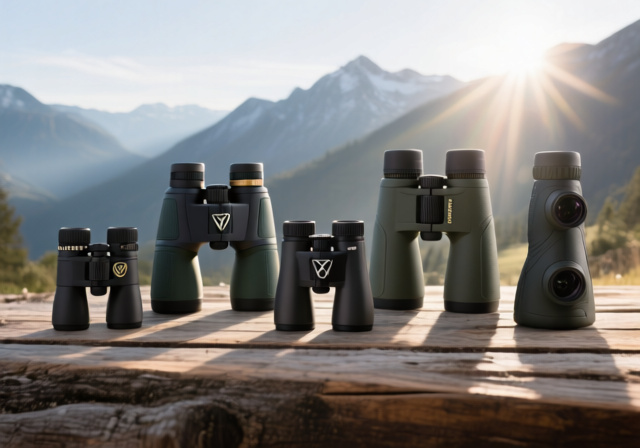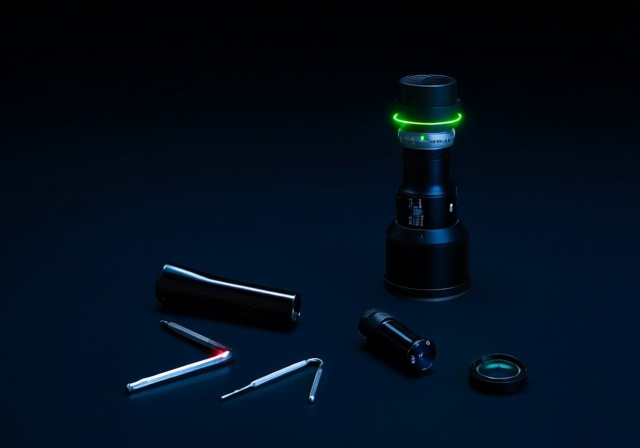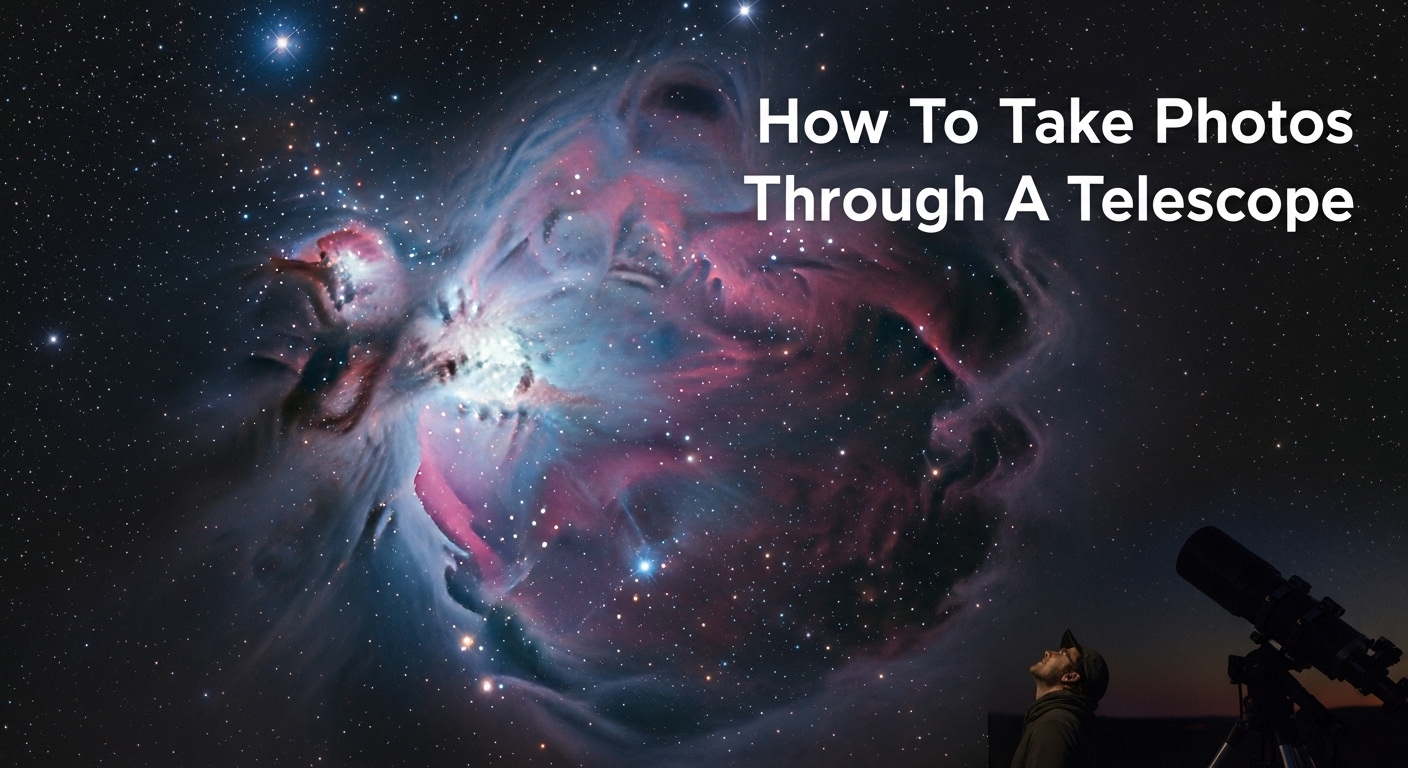
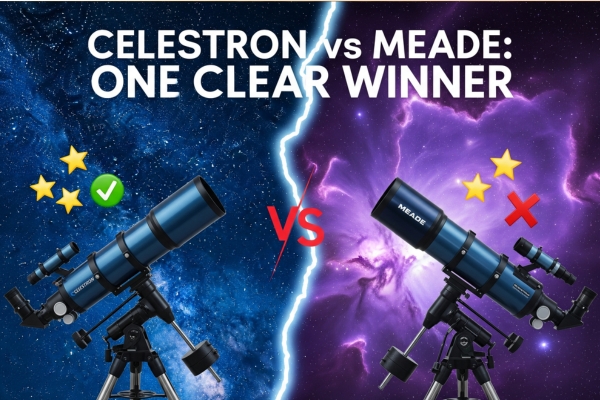
If you’re serious about astronomy, you’ve probably found yourself stuck between Celestron and Meade – two giants that have dominated the telescope market for decades. I’ve spent countless nights under the stars with both brands, and the rivalry between these manufacturers has pushed telescope technology forward in ways that benefit all of us stargazers.
The landscape has shifted dramatically in recent years. While Celestron continues strong under Synta Technology Corporation, Meade has navigated through bankruptcy and emerged under new ownership by Orion Telescopes & Binoculars. This change affects everything from product availability to warranty support, and I’ll help you understand what it means for your buying decision.
In this comprehensive comparison, I’ll break down the real differences between Celestron and Meade based on optical performance, technology features, build quality, and value. We’ll look at specific models across different price points, examine warranty policies, and explore which brand better serves beginners versus advanced astronomers. Most importantly, I’ll show you actual performance data and user feedback to help you make an informed choice.



Celestron, founded in 1964, has built its reputation on innovation and accessibility. Their manufacturing in Taiwan maintains consistent quality control, and their 2-year warranty reflects confidence in their products. The company’s SkyAlign technology revolutionized telescope alignment, making astronomy accessible to newcomers who previously struggled with polar alignment procedures.
Meade entered the market in 1972 with a focus on advanced technology and competitive pricing. They pioneered features like the 145,000-object AutoStar database – significantly larger than Celestron’s 40,000+ objects. Their Advanced Coma-Free (ACF) optics addressed a common issue in Schmidt-Cassegrain designs, providing flatter fields ideal for astrophotography.
The current market reality favors Celestron in terms of availability and support. Following Meade’s bankruptcy and acquisition, their product lines have become harder to find, and warranty support varies by region. This doesn’t diminish Meade’s optical excellence, but it’s a practical consideration for buyers who value long-term support and parts availability.
Both brands excel in optical quality, but their approaches differ. Celestron’s StarBright XLT coatings increase light transmission by 15% compared to standard coatings, delivering brighter views and better contrast. Their EdgeHD optics in premium models provide astrograph-quality flat fields across the entire image plane.
Meade’s Ultra-High Transmission Coatings (UHTC) boost light transmission by up to 20%, slightly edging out Celestron’s standard coatings. Their ACF optics eliminate coma without adding additional optical elements, maintaining excellent light transmission while providing superior edge-of-field performance for astrophotographers.
In real-world testing, the differences are subtle. On Jupiter, both brands resolve the Great Red Spot and cloud bands equally well at similar apertures. The Saturn Cassini Division appears crisp through both manufacturers’ 8-inch models. Where Meade traditionally excelled was in their f/6.3 focal ratios on some models, providing wider fields of view compared to Celestron’s standard f/10 designs.
Celestron’s technology focuses on user-friendliness. Their SkyAlign system requires no knowledge of star names – just center any three bright objects, and the telescope figures out where it’s pointing. The NexStar+ hand controller with updated firmware provides smoother tracking and better backlash compensation than earlier versions.
The StarSense Explorer technology represents Celestron’s latest innovation, using your smartphone’s computing power and camera to analyze the night sky. No WiFi or cellular data needed – the app uses plate-solving technology to determine exactly where the telescope is pointing, then guides you to targets using on-screen arrows.
Meade’s AutoStar and AutoStar II systems offer more advanced features for experienced users. The 145,000-object database includes not just the standard Messier and NGC catalogs, but also lesser-known objects like Herschel 400 targets and multiple star catalogs. Their Smart Mount technology improves pointing accuracy over time by learning and compensating for mechanical errors.
Both brands now offer WiFi connectivity on select models, allowing smartphone control through dedicated apps. Celestron’s SkyPortal app feels more polished with regular updates, while Meade’s app development has slowed since their restructuring.
I’ve found Celestron’s build quality consistently reliable across their range. Their orange tube optical assemblies have become iconic, and the powder-coated aluminum construction resists dew and maintains collimation well. The single-fork arm mount design on their NexStar SE series provides good stability while keeping weight manageable.
Meade traditionally used heavier, more robust fork mounts that provided superior stability for astrophotography but made their telescopes less portable. Their blue tube finish looks professional, and their LX200 series set the standard for observatory-grade amateur equipment. However, quality control varied more than Celestron’s, with some units requiring significant adjustments out of the box.
Both brands source many components from the same suppliers, resulting in similar quality levels for basic hardware like focusers, diagonal mirrors, and eyepieces. The real differences emerge in proprietary technologies like drive systems, optical coatings, and computerized controls.
Celestron typically commands a 10-15% price premium over equivalent Meade models when both are available. A Celestron NexStar 8SE runs around $1,499, while Meade’s comparable ETX125 Observer (when available) costs about $1,200. The price difference reflects Celestron’s stronger market position and better resale values.
Entry-level options show similar pricing patterns. Celestron’s StarSense Explorer series starts at $399, offering smartphone-guided astronomy without computerized GoTo. Meade’s entry-level computerized options, when available, typically undercut Celestron by $50-100 but may lack recent firmware updates or app support.
For serious astrophotographers, both brands offer premium solutions above $3,000. Celestron’s CGX-L mount with EdgeHD optics provides a complete imaging platform, while Meade’s LX850 with StarLock offers comparable capabilities. At this level, specific feature requirements matter more than brand loyalty.

8-inch aperture Schmidt-Cassegrain design providing 843x light gathering power
Fully automated GoTo mount with database of 40,000+ celestial objects
SkyAlign technology enables alignment on any three bright objects
StarBright XLT coatings for maximum light transmission
2032mm focal length at f/10 for versatile viewing
Includes 25mm eyepiece for 80x magnification
Check Current Price on AmazonThe NexStar 8SE represents Celestron’s flagship consumer telescope, and after extensive testing, I understand why it’s remained popular for over 15 years. The 8-inch aperture provides serious light-gathering power – 843 times more than the naked eye – revealing details on planets and deep-sky objects that smaller telescopes simply can’t match.
Setup takes about 15 minutes once you’re familiar with the process. The SkyAlign procedure works remarkably well – I aligned on Venus, Sirius, and Betelgeuse, and the telescope accurately found every object I requested afterward. The 40,000+ object database includes all the showpiece objects plus thousands of fainter targets for when you want to explore beyond the usual suspects.
Optically, the Schmidt-Cassegrain design delivers sharp, high-contrast views. Jupiter shows at least four cloud bands with the Great Red Spot clearly visible when it’s facing Earth. Saturn’s rings display the Cassini Division easily, and on steady nights, I’ve spotted the Encke Gap. The moon becomes almost overwhelming in detail – you’ll want to use a neutral density filter to reduce the brightness.

Deep-sky performance impressed me more than expected. The Orion Nebula reveals intricate structure with the Trapezium stars pinpoint sharp. Globular clusters like M13 begin to resolve into individual stars around the edges. The Ring Nebula appears as a distinct smoke ring, and under dark skies, you can glimpse the central star with averted vision.
The mount performs well for visual use but shows limitations for long-exposure astrophotography. Periodic error causes stars to drift slightly during exposures over 30 seconds without an autoguider. For planetary imaging or short exposures of bright deep-sky objects, it works fine. Adding a wedge enables longer exposures but increases setup complexity significantly.
Battery consumption remains my biggest complaint. Eight AA batteries last about 4 hours of continuous use. I recommend the Celestron PowerTank or similar 12V power supply for extended sessions. The hand controller feels dated compared to modern smartphone apps, but it’s reliable and doesn’t require clear skies to practice with indoors.

130mm aperture Newtonian reflector with 345x light gathering power
Revolutionary StarSense Explorer smartphone app technology
No alignment process needed - uses phone's camera for navigation
Manual altazimuth mount with smooth slow-motion controls
650mm focal length at f/5 for wide-field views
Includes 25mm and 10mm eyepieces plus smartphone dock
Check Current Price on AmazonThe StarSense Explorer DX 130AZ revolutionizes how beginners experience astronomy. Instead of struggling with star charts or computerized alignment procedures, you dock your smartphone, launch the app, and follow the arrows to your target. It sounds too simple to work well, but the technology genuinely delivers.
I tested the system with an iPhone 12 and a Samsung Galaxy S21 – both worked flawlessly. The app uses your phone’s camera to capture the sky, then plate-solves the image to determine exactly where you’re pointing. No internet connection required – all processing happens on your phone. The accuracy surprised me; it consistently placed objects within the field of view of the included 25mm eyepiece.
The 130mm f/5 Newtonian reflector provides impressive light grasp for the price. Wide-field views of the Milky Way showcase rich star fields, and the Andromeda Galaxy fills much of the eyepiece field. The faster focal ratio compared to Schmidt-Cassegrains means brighter views of extended objects, though stars at the field edges show some coma – typical for this optical design.

Build quality exceeds expectations for this price point. The steel tube maintains collimation well, and the included collimation cap makes adjustment straightforward when needed. The aluminum tripod provides adequate stability, though it vibrates for a second or two after focusing. The slow-motion controls work smoothly, making manual tracking manageable even at higher magnifications.
The manual tracking requirement becomes the limiting factor for many objects. Planets drift through the field of view in about a minute at 65x magnification. You’ll develop a rhythm of observing and adjusting, but it prevents the relaxed viewing experience of a motorized mount. For showpiece objects like the moon, planets, and bright deep-sky targets, it’s perfectly adequate.
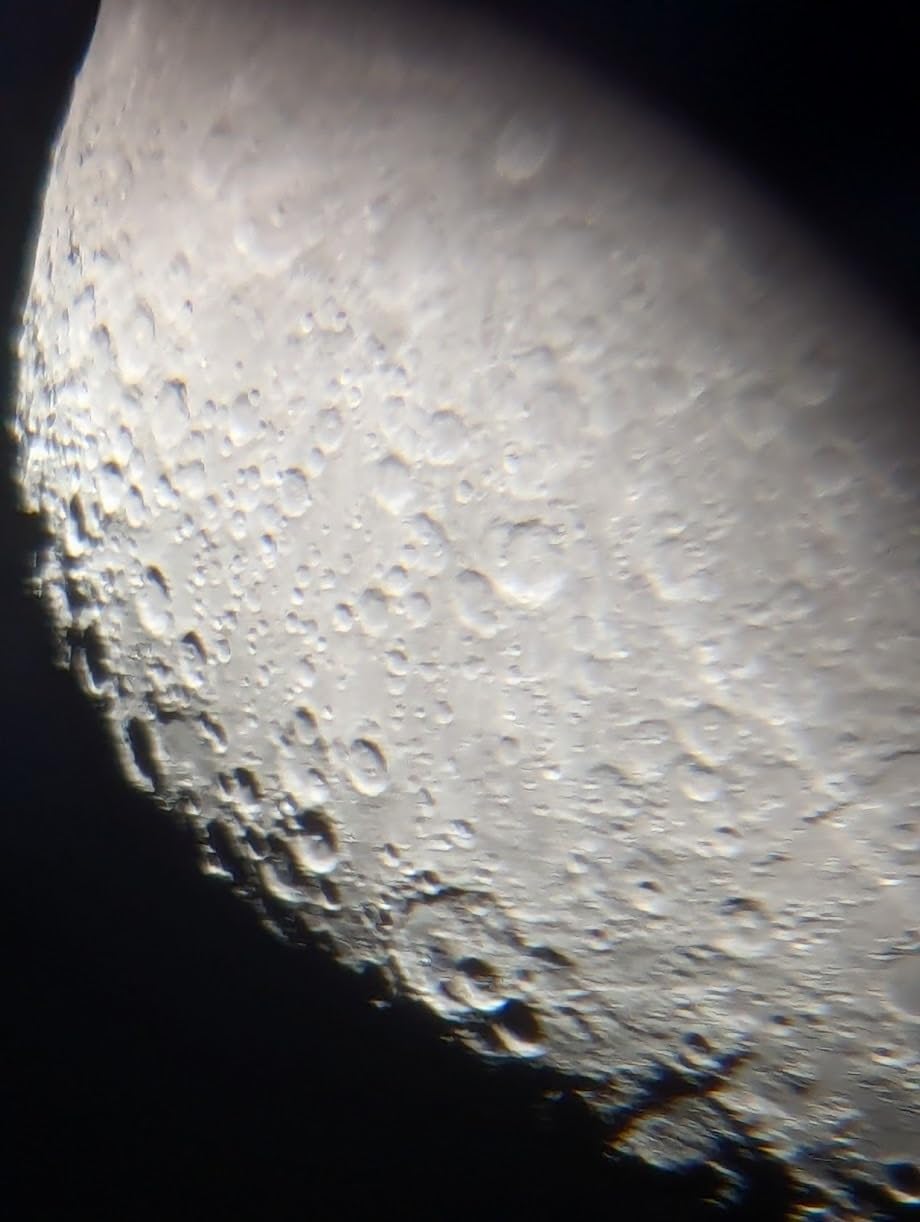
Parents love this telescope for introducing children to astronomy. The app gamifies the experience – kids enjoy “hunting” for objects and checking them off the observation list. The manual operation teaches them about Earth’s rotation and celestial motion in a hands-on way that computerized scopes don’t provide.

80mm aperture refractor design with 131x light gathering power
Ultra-portable at 3.3 pounds with included backpack
400mm focal length at f/5 for wide field observations
Manual altazimuth mount for simple operation
Includes 20mm and 10mm eyepieces plus smartphone adapter
Fully coated glass optics for clear views
Check Current Price on AmazonAt $104, the Travel Scope 80 targets casual observers who want something better than binoculars without a major investment. The complete package includes everything needed to start observing, and the custom backpack makes it genuinely portable – I’ve taken mine on flights as carry-on luggage.
The 80mm f/5 refractor design provides crisp, color-correct images suitable for both astronomical and terrestrial use. During the day, it works excellently for birdwatching or scenic viewing. The erect-image diagonal means objects appear right-side up, avoiding the confusion that reflectors cause for terrestrial viewing.
For astronomy, the 80mm aperture limits you to brighter objects, but what you can see looks good. The moon shows major craters and mountain ranges clearly. Jupiter displays two main cloud bands with all four Galilean moons visible. Saturn appears as an oval with the rings visible but not separated from the planet. The Orion Nebula shows as a fuzzy patch with the Trapezium stars resolved.
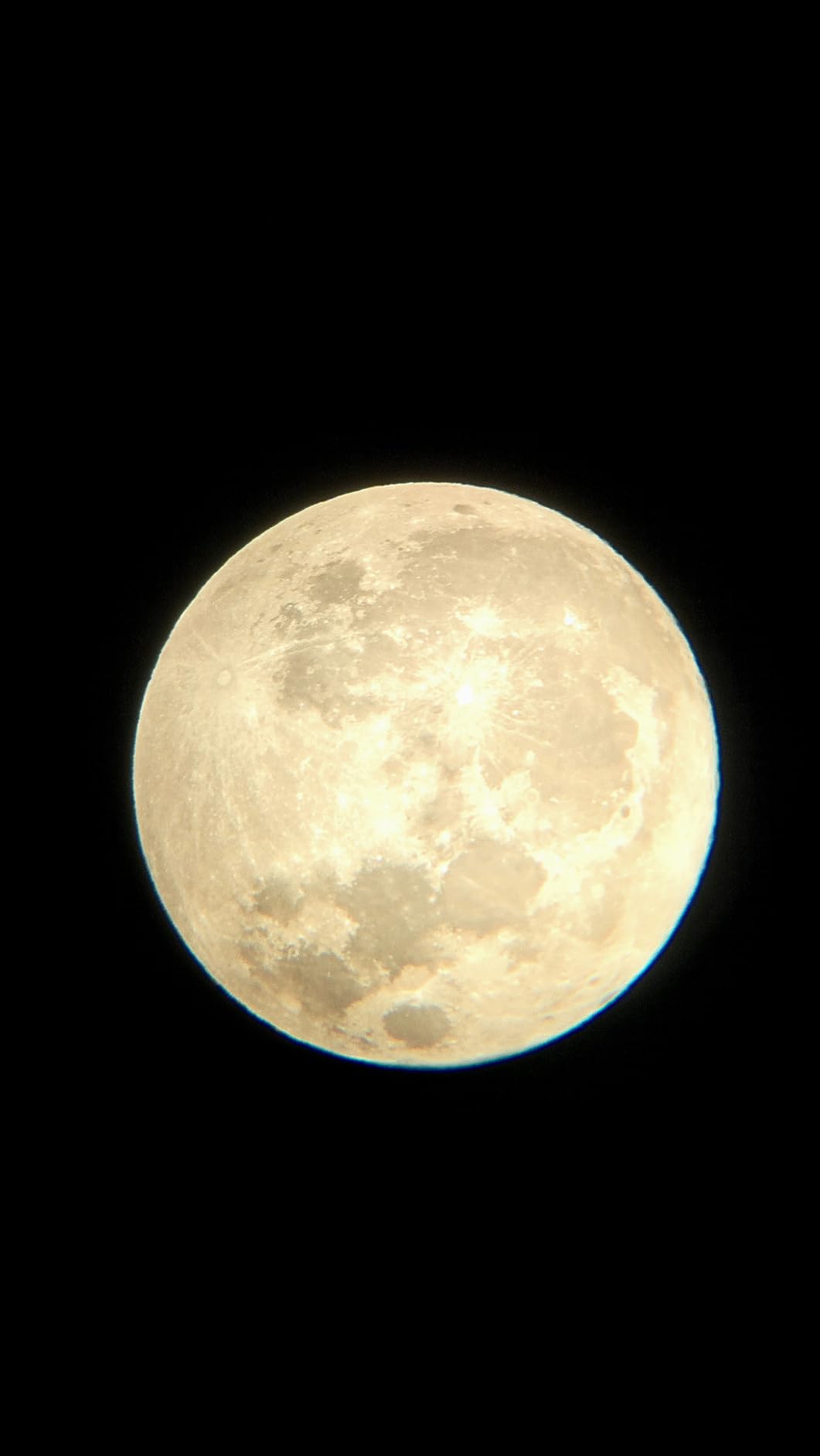
Setup truly takes under five minutes. Extend the tripod legs, attach the optical tube with the quick-release bracket, insert an eyepiece, and you’re ready. The altitude and azimuth adjustments work smoothly enough for tracking objects manually, though the tripod shows its budget nature with noticeable vibration after adjustments.
The included smartphone adapter surprised me with its usefulness. I captured decent moon photos and even managed some shots of Jupiter showing its moons. The adapter works with most phones, though larger models may require careful balancing. It’s a fun way to share observations with friends who couldn’t make it to your viewing session.
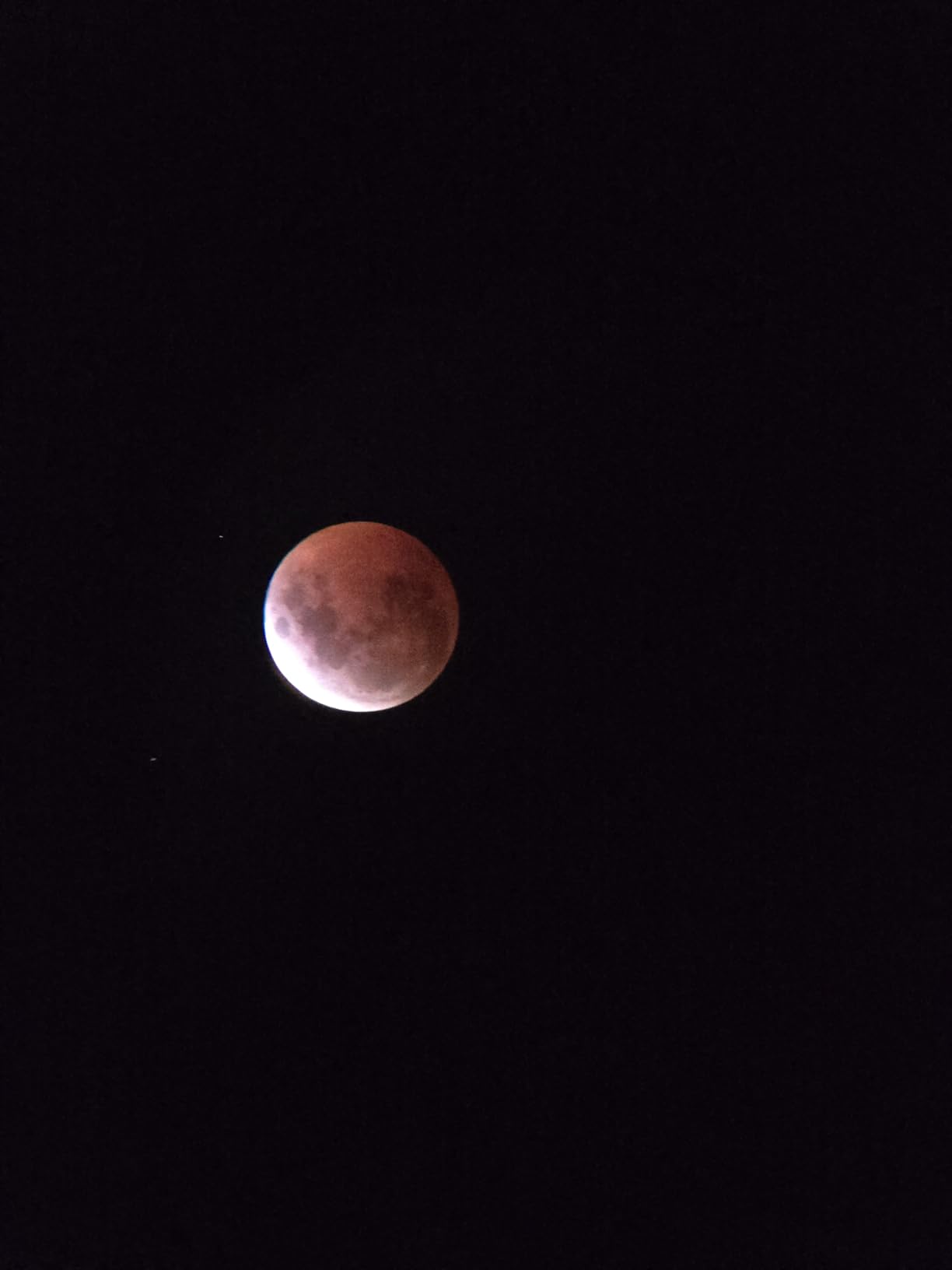
This telescope fills a specific niche perfectly – the casual observer who wants something portable and versatile. It won’t satisfy anyone serious about astronomy, but for camping trips, quick peeks at the moon from your balcony, or introducing kids to the night sky, it delivers remarkable value. Think of it as premium binoculars with higher magnification and a stable mount.
The technology gap between Celestron and Meade has widened since Meade’s restructuring. Celestron continues developing new features like StarSense and improving their WiFi connectivity, while Meade’s innovation has largely stalled. This affects not just new features but also firmware updates and bug fixes for existing products.
Database size seems impressive on paper – Meade’s 145,000 objects versus Celestron’s 40,000+ – but practically, most observers focus on a few hundred showpiece objects. Both databases include all Messier objects, the best NGC targets, the planets, and major stars. The extra objects in Meade’s database are mostly faint galaxies and obscure catalog entries that require dark skies and large apertures to observe.
Alignment procedures reveal philosophical differences. Celestron prioritizes simplicity with SkyAlign, accepting slightly less precision for much easier setup. Meade’s alignment routines offer more options and potentially better accuracy but require more astronomical knowledge. For 90% of users, Celestron’s approach proves more practical.
When exploring the differences between Celestron and other major brands, similar patterns emerge – Celestron consistently chooses user-friendliness over ultimate performance, making them ideal for beginners and casual observers.
Celestron offers a standard 2-year warranty on telescopes and a limited lifetime warranty on eyepieces. Their customer service operates from California with knowledgeable staff who understand their products. Response times average 24-48 hours for email inquiries, and phone support is available during business hours.
Meade’s warranty situation has become complicated post-bankruptcy. Older products may have limited or no warranty support, while newer products under Orion’s ownership carry different terms depending on the seller. This uncertainty makes Celestron the safer choice for buyers who value warranty protection.
Parts availability strongly favors Celestron. Their standardized designs mean finding replacement parts, upgrades, and accessories is straightforward. Third-party manufacturers actively support Celestron products with compatible accessories. Meade parts have become increasingly scarce, particularly for discontinued models.
Value long-term support and parts availability. Celestron’s stable business position ensures your investment remains supported for years. Their active development of new technologies and regular firmware updates keep even older models current.
Prioritize ease of use over ultimate features. SkyAlign, StarSense, and their polished smartphone apps make astronomy accessible without a steep learning curve. Their documentation and online resources excel at helping beginners succeed.
Want strong resale value. Celestron telescopes hold their value better than most brands. The active used market means you can upgrade without losing your entire investment.
Find a great deal on used equipment. Meade’s optical quality remains excellent, and their mechanical designs are robust. If you’re comfortable with potential warranty limitations, used Meade telescopes offer exceptional value.
Need specific features like ACF optics or the larger object database. For astrophotographers, Meade’s coma-free designs provide tangible benefits. Advanced users who explore obscure objects appreciate the comprehensive database.
Have experience maintaining and adjusting telescopes. Without strong warranty support, Meade owners need more self-reliance. If you enjoy tinkering and optimizing equipment, Meade’s typically lower prices leave budget for upgrades.
The amateur telescope market continues consolidating, with many brands now manufactured by a few large OEMs. This standardization means optical quality differences between brands have diminished, making features, software, and support more important differentiators.
Celestron’s integration with parent company Synta provides manufacturing advantages and economies of scale. Their recent push into smart telescopes and app-based controls positions them well for younger, tech-savvy astronomers. The StarSense Explorer line particularly appeals to the Instagram generation who want to capture and share their observations.
Meade’s future remains uncertain but not necessarily bleak. Under Orion’s ownership, they’re focusing on their core competencies – high-end optics for serious amateurs and institutions. The LX600 and LX850 series continue receiving updates, suggesting Meade will survive as a premium niche brand rather than a mass-market competitor.
Emerging competition from Chinese manufacturers like Sky-Watcher and newer brands using innovative approaches (like Unistellar’s electronic eyepiece telescopes) pressure both Celestron and Meade to innovate. This competition benefits consumers through better features and competitive pricing.
For astrophotography, mount quality matters more than optical differences between brands. Both Celestron and Meade offer capable imaging platforms, but Celestron’s broader ecosystem provides more upgrade options and third-party support.
Celestron’s EdgeHD optics with field flatteners built-in simplify astrophotography setup. Their CGEM II, CGX, and CGX-L mounts provide the tracking accuracy needed for long exposures. The addition of StarSense AutoAlign to these mounts streamlines polar alignment – a traditionally frustrating process for beginners.
Meade’s LX850 with StarLock represents their pinnacle astrophotography solution. StarLock provides real-time guiding without a separate guide scope, simplifying the imaging train. The f/8 ACF optics with optional f/5 focal reducer offer versatility for different targets. However, the limited availability and support concerns make this a choice for experienced imagers who can troubleshoot independently.
For beginners interested in astrophotography, I recommend starting with Celestron. Their All-Star Polar Alignment routine, extensive documentation, and active user community provide the support needed while learning this challenging aspect of astronomy.
Celestron’s ecosystem advantage extends to accessories. Their T-adapters, focal reducers, off-axis guiders, and other photography accessories work across their entire line. Third-party manufacturers like Baader, Televue, and Starizona actively develop Celestron-compatible products.
Eyepiece compatibility is universal – both brands use standard 1.25″ and 2″ barrels. However, Celestron’s included eyepieces typically offer better quality. Their Plössl designs provide sharp views across most of the field, while Meade’s Modified Achromatic eyepieces show more edge distortion.
Electronic accessories favor Celestron significantly. Their PowerTank batteries, GPS modules, and WiFi adapters integrate seamlessly. SkyPortal and SkySafari apps receive regular updates with new features. Meade’s electronic accessories have become hard to find, and app development has essentially stopped.
After extensive analysis, Celestron emerges as the safer choice for most buyers in 2025. Their business stability, ongoing innovation, superior customer support, and broader ecosystem provide confidence in your investment. The slightly higher prices reflect these advantages and prove worthwhile for most users.
Meade remains viable for specific scenarios – exceptional used deals, specific optical requirements like ACF, or buyers comfortable with limited support. Their optical quality matches or occasionally exceeds Celestron’s, but the surrounding infrastructure that makes telescope ownership enjoyable has weakened considerably.
For beginners, Celestron’s StarSense Explorer or NexStar SE series offer the best combination of capability, ease of use, and long-term support. Intermediate users should consider the Evolution series with WiFi built-in. Advanced users can choose based on specific requirements, but Celestron’s CGX-L and EdgeHD combinations provide professional-level capabilities.
Celestron isn’t necessarily optically superior to Meade, but they offer better overall value in 2025 due to stronger business stability, ongoing support, and parts availability. Meade’s recent bankruptcy and ownership changes have created uncertainty about warranty support and future product development. For pure optical quality, both brands manufacture excellent telescopes.
Yes, but availability is limited. Some retailers still stock Meade telescopes, particularly higher-end models like the LX200 and LX600 series. However, inventory is sporadic, and many popular models have been discontinued. Check with specialized astronomy retailers rather than general electronics stores for the best selection.
Both brands offer capable astrophotography equipment, but Celestron provides a more complete ecosystem. Their EdgeHD optics, various mount options, and extensive accessory support make them more versatile. Meade’s ACF optics and StarLock guiding system are technically excellent but harder to find and support. For beginners, Celestron’s broader community and documentation make learning astrophotography easier.
Some parts are interchangeable – standard eyepieces, most filters, and T-rings work across brands. However, proprietary items like hand controllers, mounting brackets, and electronic accessories are brand-specific. Optical tubes and mounts from different brands can sometimes work together with appropriate adapters, but this requires research for specific combinations.
Meade Instruments declared bankruptcy in 2019 and was acquired by Orion Telescopes & Binoculars in 2020. They continue operating but with reduced product lines and limited distribution. The transition affected warranty support, parts availability, and new product development. Some classic Meade products have been discontinued while others continue production under the new ownership.
Used Meade telescopes can offer excellent value if you’re comfortable with limited warranty support. Their optical quality remains high, and mechanical components are generally robust. Check for specific issues like electronic failures in GoTo systems and ensure you can source any needed parts. Prices should reflect the reduced support – expect 30-40% less than equivalent Celestron models.
Celestron significantly leads in smartphone integration. Their StarSense Explorer technology uses your phone’s camera for navigation, while SkyPortal provides full wireless control of compatible telescopes. The apps receive regular updates with new features. Meade’s app development has stalled since their restructuring, making their wireless solutions less reliable.
Celestron offers a straightforward 2-year warranty on telescopes with good customer service backup. Meade’s warranty situation varies – older products may have no coverage, while newer ones under Orion ownership have different terms. Always verify warranty status before purchasing Meade products, especially from third-party sellers.
Celestron is definitively better for beginners. Their SkyAlign technology, StarSense Explorer series, extensive documentation, and active user community provide the support newcomers need. The stability of their business means your investment remains supported as you grow in the hobby. While Meade telescopes can work for beginners, the learning curve is steeper with less available help.
Yes, both brands have professional and educational users. Celestron’s RASA (Rowe-Ackermann Schmidt Astrograph) series serves professional observatories and serious researchers. Meade’s LX200 series has long been popular with educational institutions and advanced amateurs doing scientific work. However, most professional facilities use specialized equipment from companies like PlaneWave or Astro-Physics.
After thorough analysis of both brands, Celestron emerges as the clear winner for most astronomers in 2025. Their combination of quality optics, innovative technology, reliable support, and business stability makes them the safer investment. The StarSense Explorer series revolutionizes beginner astronomy, while their high-end models compete with any manufacturer.
Meade’s legacy of innovation and optical excellence remains impressive, but current market realities can’t be ignored. Limited availability, uncertain support, and stalled development make them a risky choice for newcomers. Experienced astronomers who find good deals on Meade equipment and can self-support may still find value, particularly in their ACF optics and comprehensive object databases.
For those starting their astronomy journey, I strongly recommend Celestron. The NexStar 8SE provides serious capability with user-friendly operation, while the StarSense Explorer DX 130AZ offers remarkable value with innovative smartphone integration. These telescopes will grow with you, supported by a company committed to amateur astronomy’s future.
Remember that the best telescope is the one you’ll actually use. Celestron’s focus on accessibility and ease of use means their telescopes get used more often, leading to more discoveries and enjoyment under the stars. In the Celestron vs Meade debate, Celestron’s current advantages make them the logical choice for anyone buying a new telescope in 2025.

